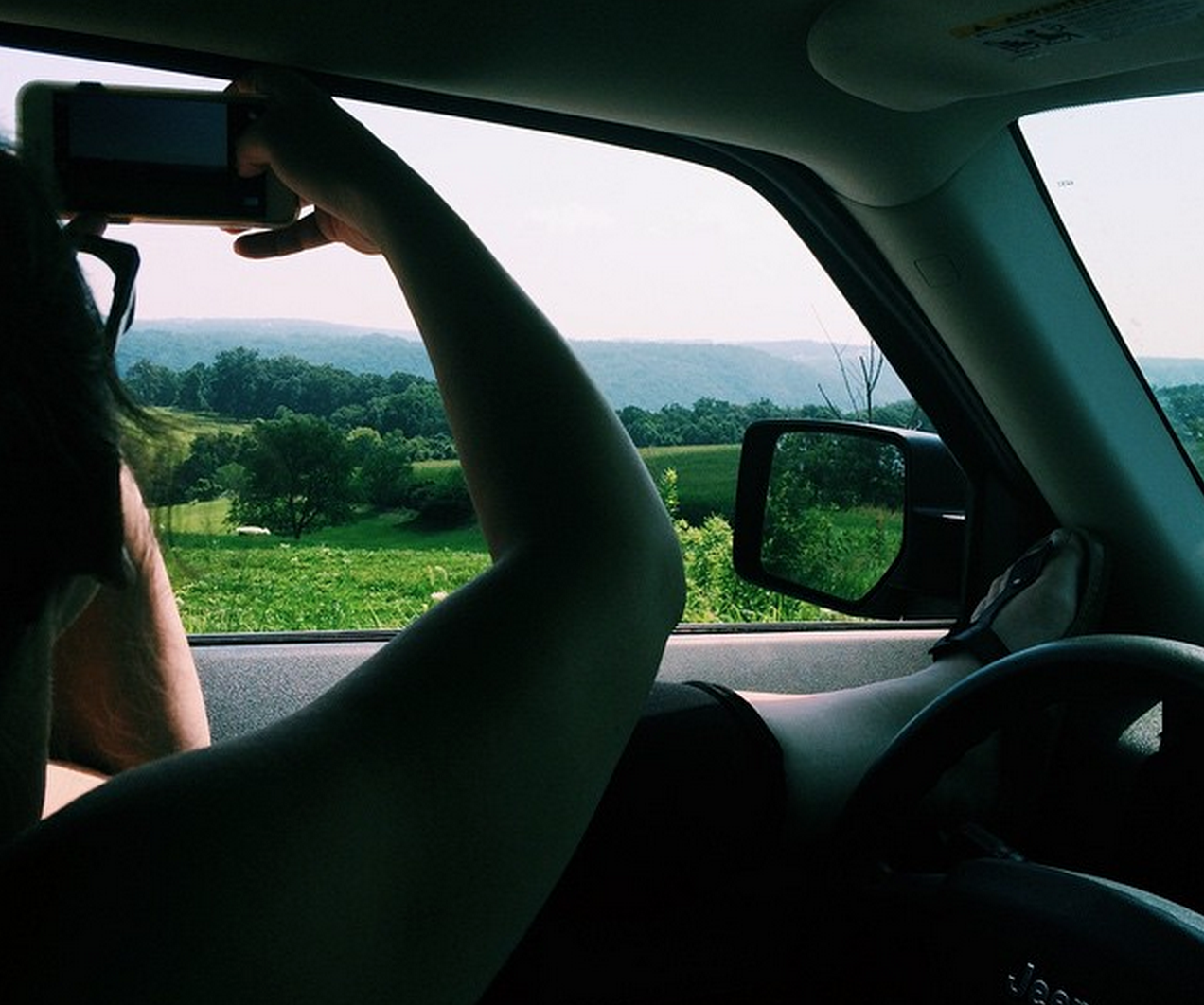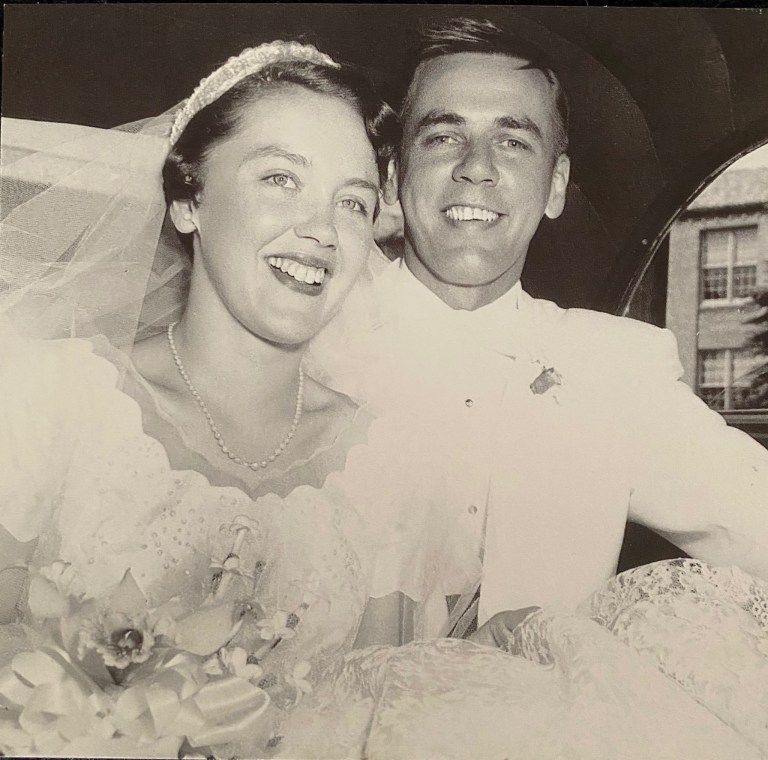Driving Myself Crazy In America
This is going to sound self-congratulatory, but I think I deserve a pat on the back for having a superior vehicular aptitude.

This is going to sound self-congratulatory, but I think I deserve a pat on the back for having a superior vehicular aptitude. But I score rather poorly when my sense of direction is put to the test.
In 2004, I moved to a sleepy Midwestern town where the roads were built to geometric perfection; ruler-straight stretches, etched on a pancake-flat terrain where traffic was scare.
After having conquered New Delhi’s Byzantine maze of choked, potholed and sometimes, even unnamed arterial network—the equivalent of a Ph.D. in driving—steering anywhere in the world would be like going back to grade school.
Not really.
Toward the close of my first semester at the university, I bought a car and obtained the obligatory driver’s license. And then it struck me with a thunderous force as to how I was to be mobile—without befriending the roads?
Nowhere is it easier driving in the U.S. than in rural America, for the sheer reason that there isn’t a flummoxing latticework of crisscrossing, stacked interstates and pop-up exits.
I couldn’t get lost in Brookings, South Dakota, even if I tried, someone once told me. Well, I proved her wrong. Many a time, I found myself missing my destination, sometimes by a whisker and sometimes by an entire town.
But by the time I had gotten accustomed to driving in the Upper Midwest, life took me in another direction: to a quaint hamlet in New England where the all-too-recognizable symbols of American consumption, except for one thing—the layout of roads.
There was a mind-boggling web of turnpikes, flyovers, exit ramps, bridges, and multiple lanes that didn’t get a moment’s respite from buttressing the perennial rivers of high-speed traffic.
Faced with this daunting scenario, I had two alternatives—both equally grim. I could either hole up within the dreary safety of my apartment, or I could head out into the unknown, with the dire possibility that I might never return home again.
It was during those anxiety-filled days that I learned of the global positioning system-guided car navigation device, the TomTom Go 510, which was later, to become the symbol of my mobility.
With my palm-size, dashboard-mounted savior, I started taking my baby steps, with very short trips, no farther than a dozen miles from base. Even if I veered off track, I knew, my onboard navigator would always nudge me back on course.
After my confidence had acquired some velocity, I took a jaunt into New Jersey, braving a journey of 100 miles, one-way, which entailed jostling through Manhattan’s motor madness.
On a clear, blue spring morning, I punched in my destination on the G.P.S.—Montclair, New Jersey. From here on, it’d be like flying an airplane on autopilot. I’d still be required to be mindful of passing traffic and observe traffic signals, but I’d be free of the onerous duty of plotting routes.
The ride from New Milford, Connecticut to New Jersey was, well, if not an absolute breeze, it certainly wasn’t an ordeal either. I’d accomplished my goal without a pounding heart, a petrified facial expression, and profuse perspiration.
It was on the return trip that it all began—the chaos and the commotion. “Go straight on,” said the clinically-calm voice of the TomTom. And off I went, only to find that the instruction led me to a section of road that had been cordoned off, where a posse of cops and a police cruiser were shepherding traffic in another direction.
I wheeled around. With that, the G.P.S. went into a thinking-mode, calculating no doubt, an alternative route for me to take.
Turn left.
At the end of the road turn right.
After 800 yards, stay on the left lane.
Turn around.
I obeyed, only to find that I was once again heading toward a cul de sac. A couple of days prior to my royal visit, Montclair had been visited by an anomalous twister that had wreaked havoc on this upscale suburb, uprooting trees, downing electric poles and smashing car windshields. The mess had sprung several road blocks and detours.
After going in half a dozen circles, I did, finally, emerge out onto the expressway. But even before I could heave a sigh of relief, a knot of bridges, tunnels, and toll-booths loomed before me. A smorgasbord of overhanging green, red, and blue route-markers zoomed into focus. They showed the way to George Washington Bridge, Tappan Zee Bridge, I-95, New England, Long Island, I-87 S, Exit 8A to Saw Mill Parkway, to name just a few.
By now, the din of the traffic, together with the blitzkrieg of signs had rendered me oblivious to the sexy cooing of the G.P.S. I slid into a lane at the toll plaza, paid my dues, followed a queue of cars out into the many-lane George Washington Bridge and then, somehow, ended up being in the wrong lane. A split second of haphazard thinking, momentary lapse of judgment, and aching calf muscles is all it took to throw me off course.
While I was dawdling, bigger and beefier cars kept cutting me off. And each failed attempt at getting back on track led to more mayhem. I was still behind the wheel, but hadn’t the foggiest clue about my bearings. So, I threw in the towel.
I was in a sea of cars. My head was throbbing. My arms had had enough of a lactic-acid buildup from the frenzied steering. I looked at my watch. It was close to 5:00 p.m., and in the two hours since I’d left Montclair, I had covered a meager 11 miles—only.
I swerved to the left. I banked to the right. I honked nervously. I jumped a red light. I nearly ran into a mammoth bus. All of a sudden, I had a weird feeling of déjà vu. Puzzled, I saw my vehicle gravitating toward the George Washington Bridge—for the second time.
After all that hectic strategizing, I was back at the spot, which I had only minutes earlier, passed. Worse, I was obligated to shell out another round of toll even though that meant emptying out the last few nickels and dimes in my wallet.
By then, the orange-yellow sun was setting over the Manhattan skyline. The rush of evening commuters had started. I was now in a sink or swim situation. I could keep going in never-ending loops with my eyes wide shut, or I could listen intently to my G.P.S., with the ardor of a lone goose trying to retrace its way back to the parent flock.
I wiped my clammy palms on my pants and gripped the wheel like it was a runaway lover. Every now and then, I shot a glance at the chocolate-colored, route display on the small screen.
I don’t recollect how long I looked at it, but by the time my gaze shifted, the dull gray of the concrete cityscape had morphed into the velveteen green of suburbia. Traffic was several notches lighter and was moving in a more civilized fashion. The road surface suddenly felt more even. The dust and the grime seemed to be have been sucked up by a giant vacuum cleaner. The air was purer. All in all, the viscous tension appeared to be melting away.
“Go straight on,” commanded my boss, the G.P.S. When I noted that there were 27 miles of one long Interstate, I was certain I was in control—at last.
At this writing, I’ve driven through the sun, the rain, the wind, and the blizzards. And I’m now ready to make a cross-country road trip, Jack Kerouac-style from the Big Apple to San Bernardino. ![]()





